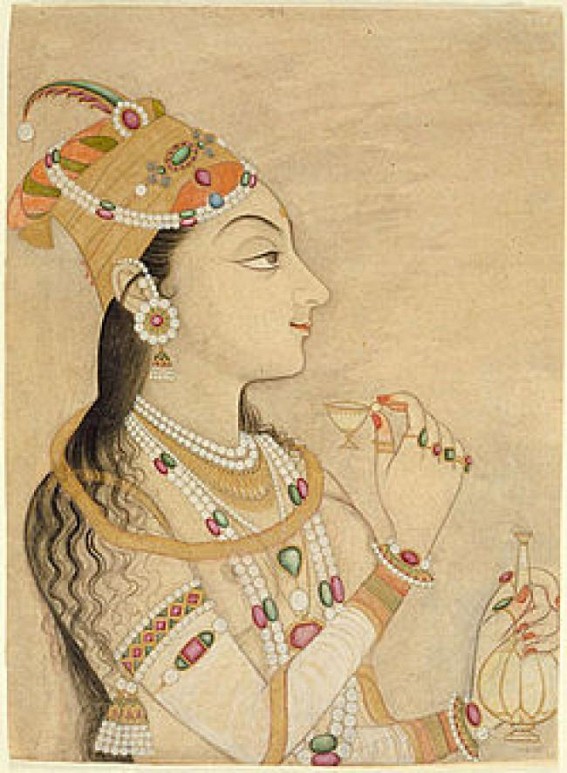TIWN

New Delhi, Aug 26 (TIWN) Nur Jahan, the alcoholic Jahangirs ambitious wife, was the finest example of the tradition of talented, powerful and entrepreneurial royal women of the Mughals, started by the now-in-the-spotlight maternal grandmother of Babar.
Not only was she the officially designated co-sovereign, she also left behind architectural gems, Itimad-ud-daulah's tomb in Agra inlaid with semi-precious stones being an elegant example. A contemporary Dutch merchant, Francisco Pelsaert, wrote adoringly of the pleasure gardens and palaces that Nur Jahan had commissioned - "such that no one has seen before". The empress also introduced new textiles - silver-threaded brocades and lace, for instance - and got the rich-looking yet inexpensive Nurmahali wedding dress designed for poorer families.
These are enduring legacies of Nur Jahan. She had become so powerful that her son, Shah Jahan, confined her to a garden palace in Lahore, far removed from the imperial capital, with a pension of Rs 2 lakh a year. Mumtaz Mahal, Nur Jahan's niece for whom Shah Jahan got the Taj Mahal built, ironically, was happy to remain a busy mother.
That was not true of her daughters Jahanara, who succeeded her mother as the chief queen, and Roshanara, who played a decisive role in the rise of Aurangzeb and even became the de facto ruler during his long bout of ill-health between 1662 and 1668.
Both remained unmarried in a tradition followed by the Mughals to prevent the rise of ambitious sons-in-law laying a claim to the throne. Jahanara, who sided with Dara Shukoh in the struggle for the Mughal throne in the sunset years of Shah Jahan, was, as Swapna Liddle points out, the creator of Chandni Chowk in Delhi. It was she who opened the market in what is now the square opposite the old Town Hall and the caravanserai she got built on the historic street was considered by the French contemporary traveller, Francois Bernier, to be Delhi's finest building.
Like Mariam-us Zamani and Nur Jahan, Jahanara had strong business interests - she maintained a fleet of merchant ships and traded with the English and the Dutch. She was also a patron of literature and a follower of Sufism, becoming the only person other than her favourite brother Dara Shukoh among the Mughals to adopt the path. She commissioned a number of works on Islamic mysticism and wrote a biography of Moinuddin Chisti. Befittingly, she is buried near the ‘dargah' of Nizamuddin Auliya, one of the greatest Chishti saints.
- Sarah McLachlan Opts Out Of Performing At ABC News ‘Lilith Fair’ Doc Premiere “In Support Of Free Speech”
- Govinda & Sunita Ahuja dances at Ganpati Visarjan after debunking divorce rumors
- YHM’s Shireen Mirza gets emotional for leaving her 2-month-baby at home for work commitments
- Shriya Pilgaonkar drops an iconic image of team 'Sholay' as the film clocks 50 years
- Bhumi Pednekar: I wear my nationality as a badge of honour



